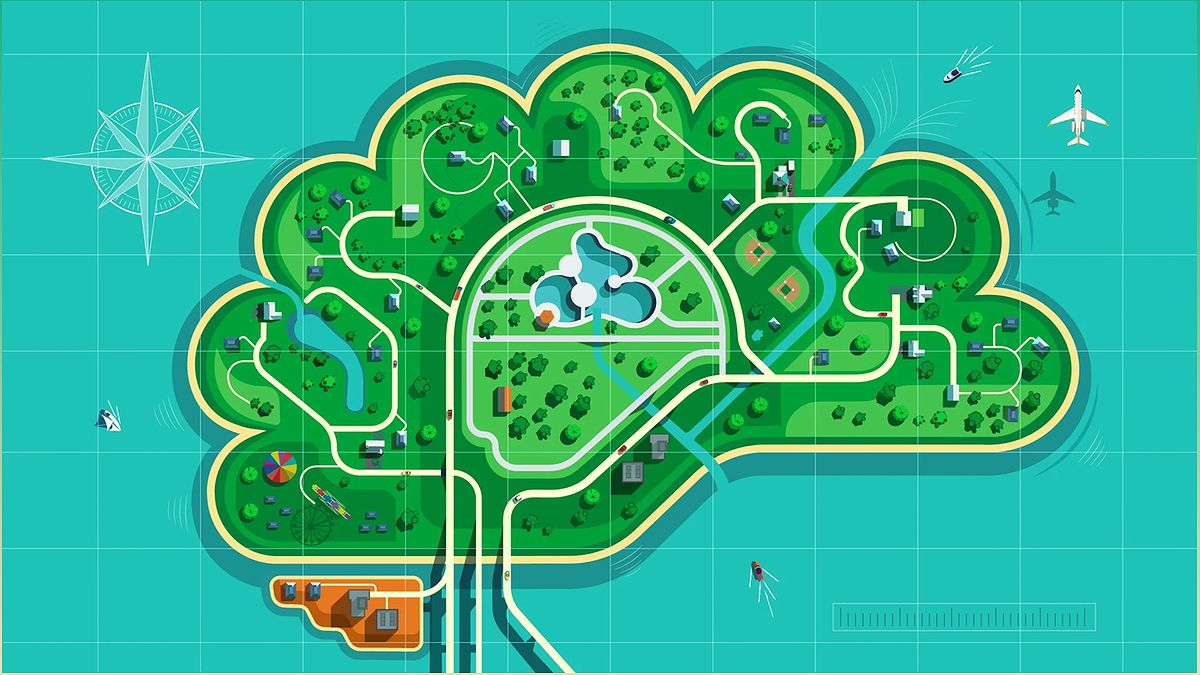Recent efforts to map every cell in the human body have revealed a stunning diversity that is reshaping our understanding of biology. With advanced technologies, researchers can now create detailed cell atlases, providing insights into the healthy functioning of organs and the causes of diseases. Explore the groundbreaking discoveries of cell atlases and the ambitious goal of creating a comprehensive human cell atlas. Join us on this fascinating journey of unraveling the secrets of the human body's intricate cellular makeup.
The Fascinating World of Cell Atlases
Cell atlases have become a game-changer in the field of biology, allowing researchers to map the intricate cellular landscape of the human body. By creating detailed maps of organs and bodies cell by cell, scientists are uncovering the astonishing diversity of cells that exist. These atlases provide insights into the healthy functioning of organs and the role of different cell types in disease.
With the help of advanced sequencing and imaging technologies, researchers can now fingerprint individual cells based on the genes they express. This has led to the identification of thousands of subtly different cell types in the human brain alone. The discoveries made through cell atlases challenge previous beliefs and open up new possibilities for understanding the human body.
Mapping the Mouse Brain: A Detailed Atlas
A coalition of laboratories recently published a series of studies in Nature, presenting a detailed atlas of the mouse brain. This atlas describes over 5,300 types of cells found throughout the organ, shedding light on the complex cellular architecture. The research not only provides a comprehensive map of the mouse brain but also offers insights into the evolution of the mammalian brain.
By examining the gene expression in individual cells, scientists were able to classify and fingerprint the different cell types. This has revealed previously unknown distinctions among cells and deepened our understanding of the diversity within the brain. The mouse brain atlas serves as a valuable resource for future research and provides a foundation for further exploration.
Unraveling the Complexity of the Human Brain
A global network of collaborators has published a suite of papers in Science journals, documenting the remarkable cellular diversity and complexity of the human brain. Although the human brain cell atlas is still a work in progress, it has already identified over 3,300 different types of neurons. The ongoing mapping efforts are expected to uncover thousands more cell types, providing a holistic reference map of the human brain.
By analyzing the gene expression in individual cells, researchers have gained insights into the functioning of different regions of the brain and the diseases associated with them. This deeper understanding of the cellular makeup of the human brain has the potential to revolutionize neuroscience and pave the way for new therapeutic approaches.
The Ambitious Goal: A Comprehensive Human Cell Atlas
The ultimate goal of the Human Cell Atlas project is to create a comprehensive map of all 36 trillion cells in the human body. This ambitious endeavor involves linking up reference maps contributed by scientists worldwide, similar to creating a 'Google Maps' of the human body. While the first version of the human cell atlas will be incomplete, it will provide a baseline for understanding how cells change in the context of disease.
Creating a human cell atlas requires analyzing the gene expression in individual cells to classify and identify different cell types. This will provide valuable insights into the healthy functioning of tissues and help identify specific cells that may go wrong and contribute to various diseases. The human cell atlas represents a major leap forward in our understanding of the human body and has the potential to revolutionize medicine.

